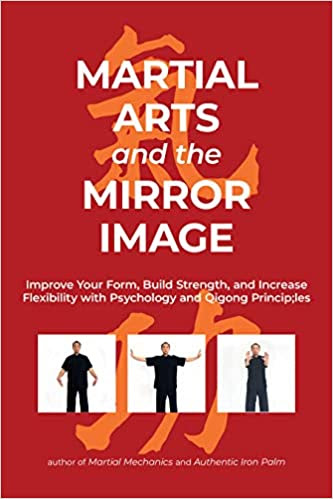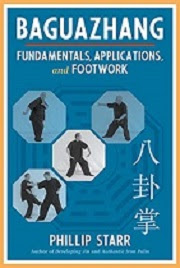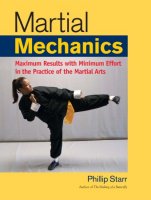by Phillip
Starr
I've got
a great idea that'll make millions! Take a bread bun and slit it
down the middle, put a sausage inside and add some condiments, like
mustard or relish, and...voila! You've got a snack you could take
anywhere...picnics, ball parks, whatever.
Now, in
other arenas, this could pass for comedy but in the martial arts it's
a fact of life...even in the East. Every now and then someone with a
special aptitude might gain some “new” insights and make minor
“improvements” to a fighting art. And I mean MINOR. Now, some
valid “discoveries” have been made, particularly in training
routines; the old “duck walking” exercise has been shown to be
potentially harmful and they have consequently been dropped and
although forms of resistance training have always been encouraged,
most instructors left the students to find ways of doing them on
their own. Nowadays we use improved, standardized methods. But with
a very few exceptions, these small changes haven't been central to
the core curriculum of a given art.
.jpg)
I'm
not suggesting that all of the martial ways are absolutely perfect
and must never be altered...just that changes occur only
incrementally and only after practitioners have acquired a thorough
understanding of the art. It must be borne in mind that the martial
ways have evolved over a very long period of time, have been tested,
and this should be considered VERY carefully before even suggesting
any alterations. A LOT of people nowadays seem to feel that the
estabished arts are somehow rather fragmentary or outdated at best.
Many others seem to be completely unaware that such knowedge ever
existed and it is this group that has provided us with so much
amusement and it is to them that I turn my attention in this article.

They
remind me of cartoons wherein some poor soul struggles so hard to
climb up the side of a rocky mountain only to get to the top and find
someone else already sitting there, having walked up a stairway
carved into the other side of the mountain! I recall a well-known
martial artist who “discovered” that by paying close attention to
proper timing, it is altogether possible to lauch a counter (a kick,
punch, or whatever) just as your opponent was initiating his own
attack. There was no need to block anything and you'd catch the
enemy at the moment when he is most vulnerable. This fellow even
gave his new discovery a name...I believe it was something like
“stop-time hitting.” These people are always very keen to give
cute names to their “discoveries.”

It's
true that his discovery really is a superb tactic and we would owe
this guy a huge debt of gratitude but for one one thing....this
tactic has been known and practiced for many generations. In
Japanese, it is known as “sen” and it's been around for a very
long time. Another guy “discovered” that it was possible to
redirect an attack and deiver an effective counter strike with the
same hand! I think this was called something like “redactive
synchronicity theory” - I told you that they really like cute names
– but it, too, has been around for a long, long time. Even basic
forms (which would likely be disdained by this farsighted genius as
non-functional) contain numerous examples.

These
“new innovations” go on and on. Every shodan-level aikido
student knows that a joint can be manipulated at more than one angle
at the same time (making the lock more effective), and that the
smaller the joint, the more immediate the response. But don't tell
that to the various “experts” who think they've “discovered”
this idea and conduct seminars to present their newly-minted ideas.
The saying, “There is nothing new under the sun” is very apt
here. So many people work really hard at reinventing the
wheel...many of them are rather lazy, arrogant, or insensitive.
They're like a person who's determined to invent his own language.
Why go to such lengths when such knowledge is already available?

Of
course, they're not always readily available; to learn such
upper-level concepts and acquire skill in them requires submitting
oneself to the rigors and discipline of a traditional school. One
must be patient, perceptive, and persevering. But this often isn't
to the liking of the type of individuals we're discussing here. They
go off on their own, looking for shortcuts...and end up working
harder than they would have if they'd stayed in the school.



.jpg)

.jpg)


.jpg)


























.jpg)










.jpg)

.jpg)

















